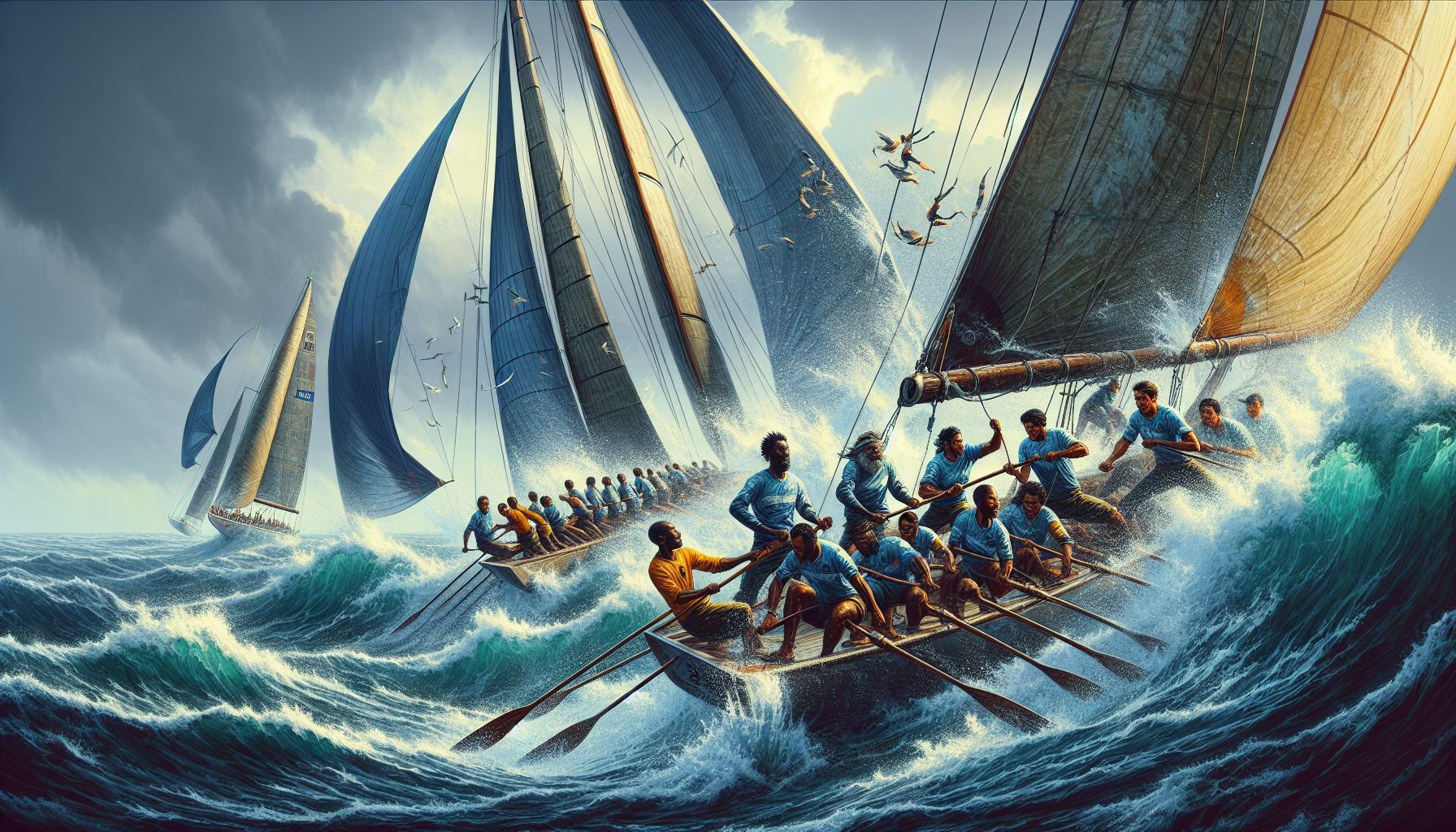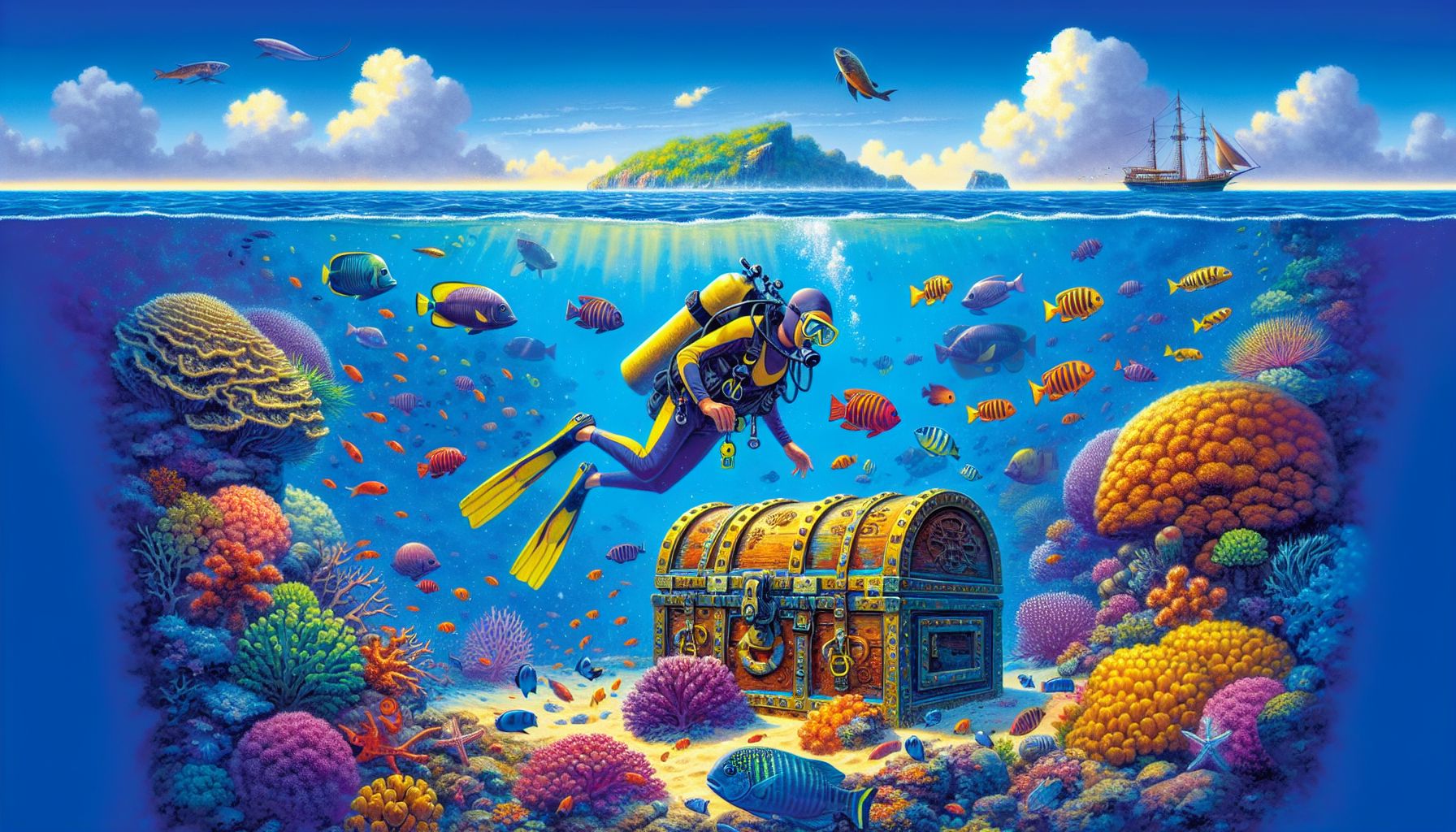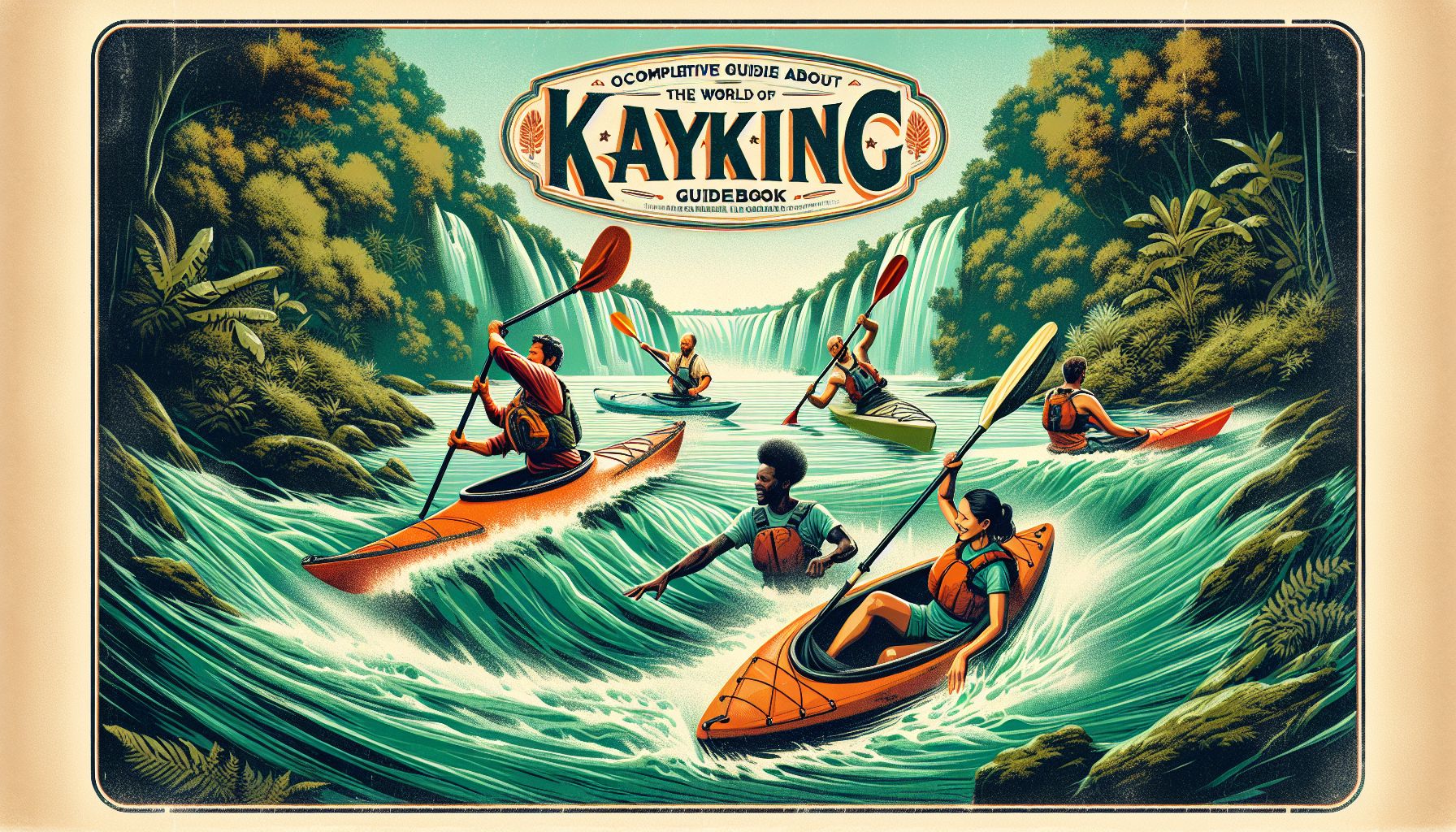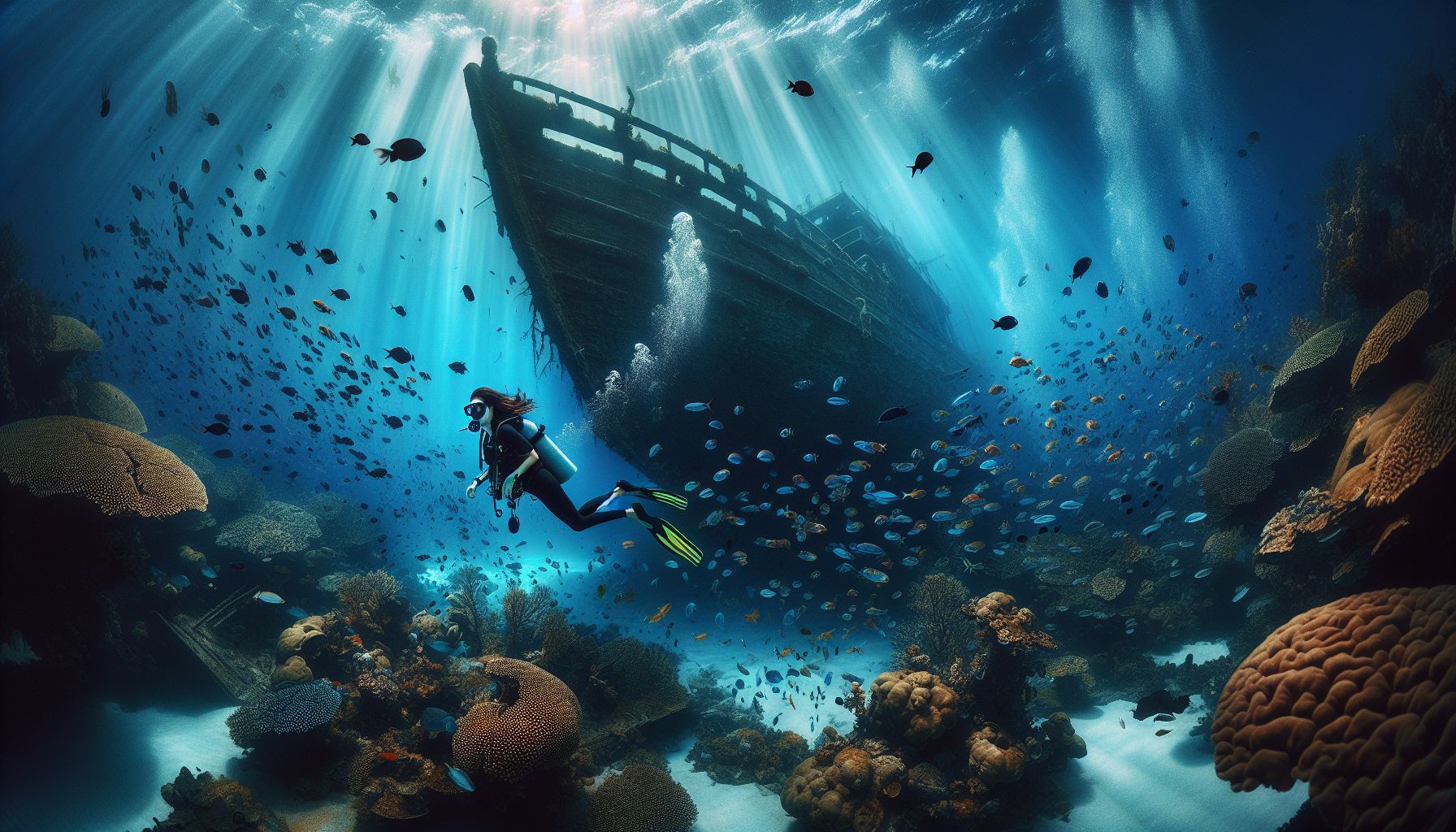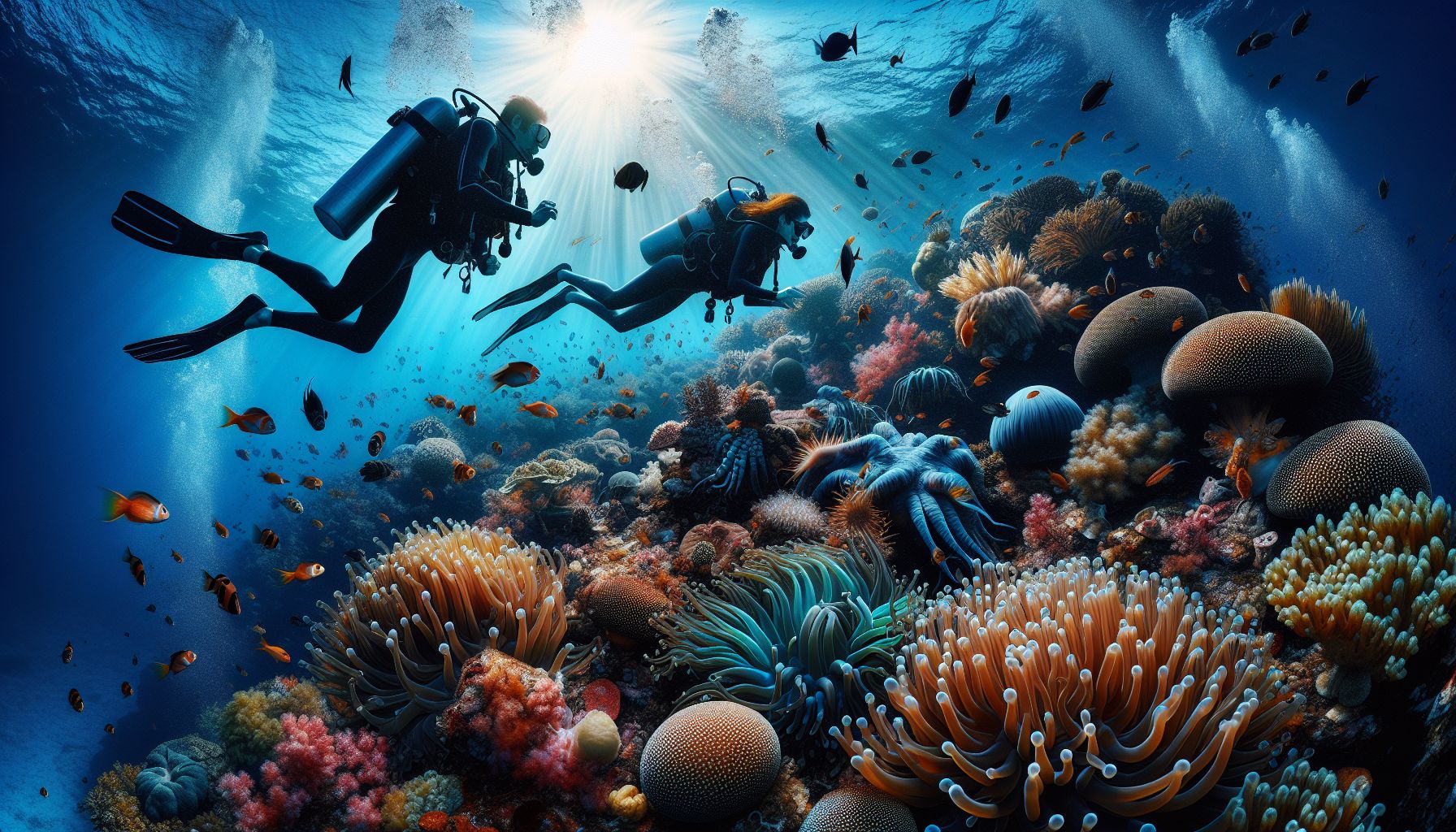The vast, unpredictable expanse of the ocean has drawn adventurers for millennia. Today, ocean racing stands as a testament to humanity’s ceaseless quest for challenge and exhilaration. As one of the most demanding and dynamic sports in the world, ocean racing combines the raw power of nature with human ingenuity, strategy, and endurance. In this in-depth exploration, we delve into the essence of ocean racing, examining the skills required, the challenges faced, and the allure that draws sailors to compete against the might of the sea.
What is Ocean Racing?
Ocean racing is a type of offshore yachting that involves navigating a course across open water, often spanning hundreds or thousands of miles. Races can range from short coastal regattas to trans-oceanic journeys that push sailors and their vessels to the limits. This sport is not for the faint-hearted; it requires a deep understanding of sailing, meteorology, oceanography, and navigation.
The Boats of Ocean Racing
The vessels used in ocean racing are as varied as the races themselves. From high-tech, carbon fiber racing machines designed for speed, like the Volvo Ocean Racers, to sturdy mono-hulls and multi-hulls capable of withstanding rough seas, the choice of boat reflects the nature of the race and the strategy of the team. Many of these boats are equipped with advanced technologies to enhance performance and ensure safety.
Skills and Teamwork
Successful ocean racers are masters of adaptation. They possess a blend of physical strength, mental resilience, and technical knowledge. Seamanship, or the art of operating a ship at sea, is the foundation of a racer’s skill set. It includes everything from sail trimming and steering to damage control and emergency procedures.
Teamwork is also paramount in ocean racing. Crew members must work in harmony, often in close quarters and under extreme conditions. Top teams blend experience with enthusiasm, bringing together veteran racers and young talent to form a cohesive unit.
Preparing for the Race
The path to an ocean race start line is long and complex. Teams spend months, sometimes years, planning and preparing. They must select the right boat, assemble a skilled crew, strategize their route, and train in the art of endurance sailing.
The Role of Meteorology
Understanding weather patterns is critical. Racers must make strategic decisions based on forecasts and be ready to adapt to changing conditions. The weather plays a massive part in race strategy – the difference between sailing into a brewing storm or finding the elusive winds that lead to victory.
Navigation and Strategy
With the weather comes navigation. Ocean racers must be master navigators, charting courses that balance speed with safety. Global Positioning Systems (GPS) and other navigational aids are essential, but the human element cannot be replaced. Race veterans often describe an almost intuitive feel for the ocean, a sixth sense developed through years of experience.
The Challenges of Ocean Racing
Ocean racing is fraught with challenges that test the limits of both boat and crew. Unpredictable weather, treacherous seas, and equipment failures are constant threats. A race can be lost or won on the ability of a team to overcome these obstacles.
Mental and Physical Endurance
The mental fortitude required for ocean racing is unmatched in most sports. Crew members must cope with sleep deprivation, physical exhaustion, and the mental strain of constant vigilance. Days and nights blend together as the race wears on.
Safety at Sea
Safety is the highest priority in ocean racing. Crews undergo rigorous training in survival skills, and boats are outfitted with safety equipment designed to protect against the worst the ocean can throw at them.
The Allure of Ocean Racing
Despite the risks, or perhaps because of them, ocean racing has an undeniable allure. The sense of adventure, the thrill of competition, and the camaraderie amongst sailors drives individuals to this formidable sport.
The Sense of Achievement
Crossing an ocean under the power of the wind is an achievement of human endurance and technological innovation. For many, it is a life-changing experience that instills a sense of pride that resonates far beyond sailing.
The Connection to Nature
Ocean racers experience the raw beauty of the ocean in a way few others can. They witness sunrises and sunsets unobstructed by land, navigate by the stars, and ride the rhythms of the waves.
Iconic Ocean Races
Several races capture the spirit and challenge of ocean racing. The Volvo Ocean Race, now known as The Ocean Race, is a round-the-world competition that is one of the longest and toughest professional sports events. The Transpac, from California to Hawaii, offers a different set of challenges as racers contend with the Pacific’s vastness. And the legendary Rolex Sydney Hobart Yacht Race pits teams against the formidable conditions of the Bass Strait.
